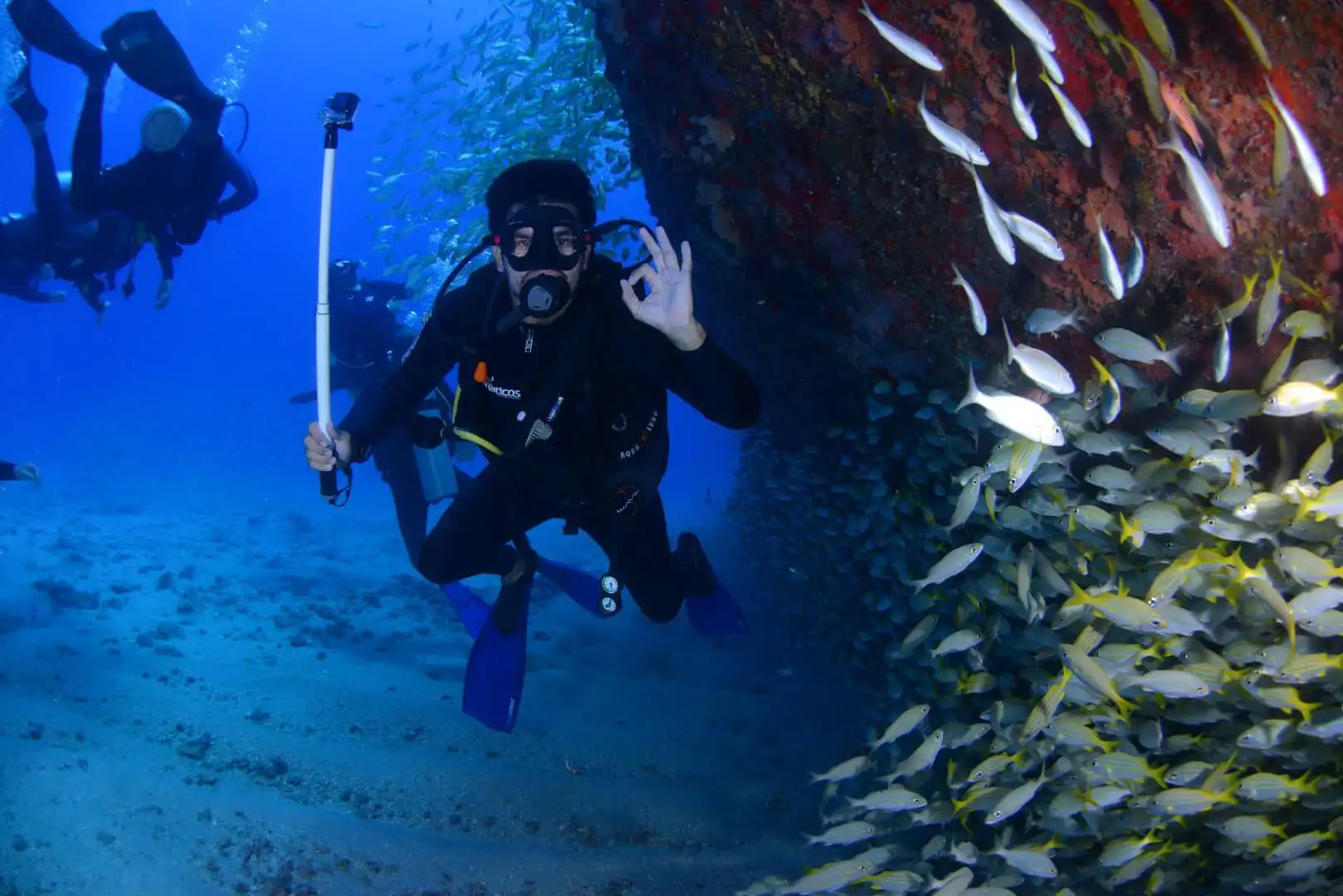Last-chance tourism refers to a controversial travel trend where tourists visit destinations that are under imminent threat of disappearing or being irreparably damaged, largely due to climate change, environmental degradation, or human activity. These destinations often include ecosystems, wildlife habitats, and culturally significant sites that are at risk of vanishing in the near future. The urgency to experience these places before they are gone has led to a rise in travel to such fragile locations, but it has also sparked ethical debates about the impact of increased tourism on the already vulnerable environments.




Key Examples of Last-Chance Tourism Destinations:
- The Great Barrier Reef (Australia): Due to coral bleaching caused by rising ocean temperatures, tourists are flocking to see this natural wonder before its condition worsens.
- The Arctic and Antarctic Regions: As glaciers melt and sea ice diminishes, many tourists are taking expeditions to witness the polar ice caps and wildlife like polar bears before they’re further affected by climate change.
- Venice, Italy: The city is sinking, and with rising sea levels, tourists are eager to visit before Venice experiences further flooding and structural degradation.
- Maldives: This tropical paradise is at risk of disappearing due to rising sea levels, drawing visitors who want to see its islands before they are submerged.
The Controversy
While last-chance tourism can raise awareness about the effects of climate change and environmental damage, it also poses risks. The increased tourist traffic to these fragile areas can exacerbate the very problems that threaten their existence, such as overcrowding, pollution, and the destruction of habitats. Critics argue that the trend can be counterproductive, leading to faster degradation of these sites.




Ethical Considerations
Tourists who engage in last-chance tourism are encouraged to travel responsibly, choosing eco-friendly accommodations, reducing their carbon footprint, and supporting conservation efforts in these locations. Sustainable tourism practices are crucial in balancing the desire to experience these endangered places while minimizing further harm.
The debate around last-chance tourism continues as travelers weigh their desire to see these destinations with the moral responsibility of protecting them for future generations.








